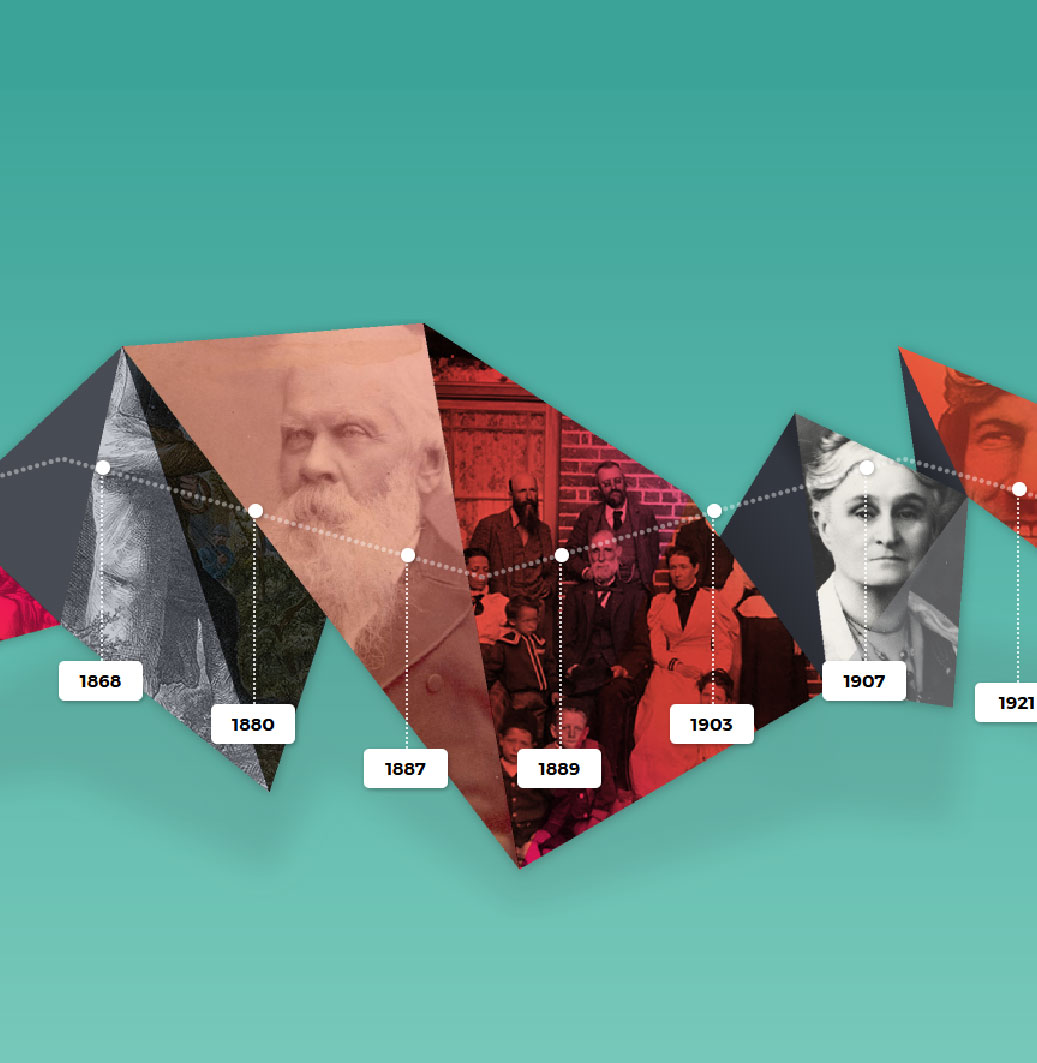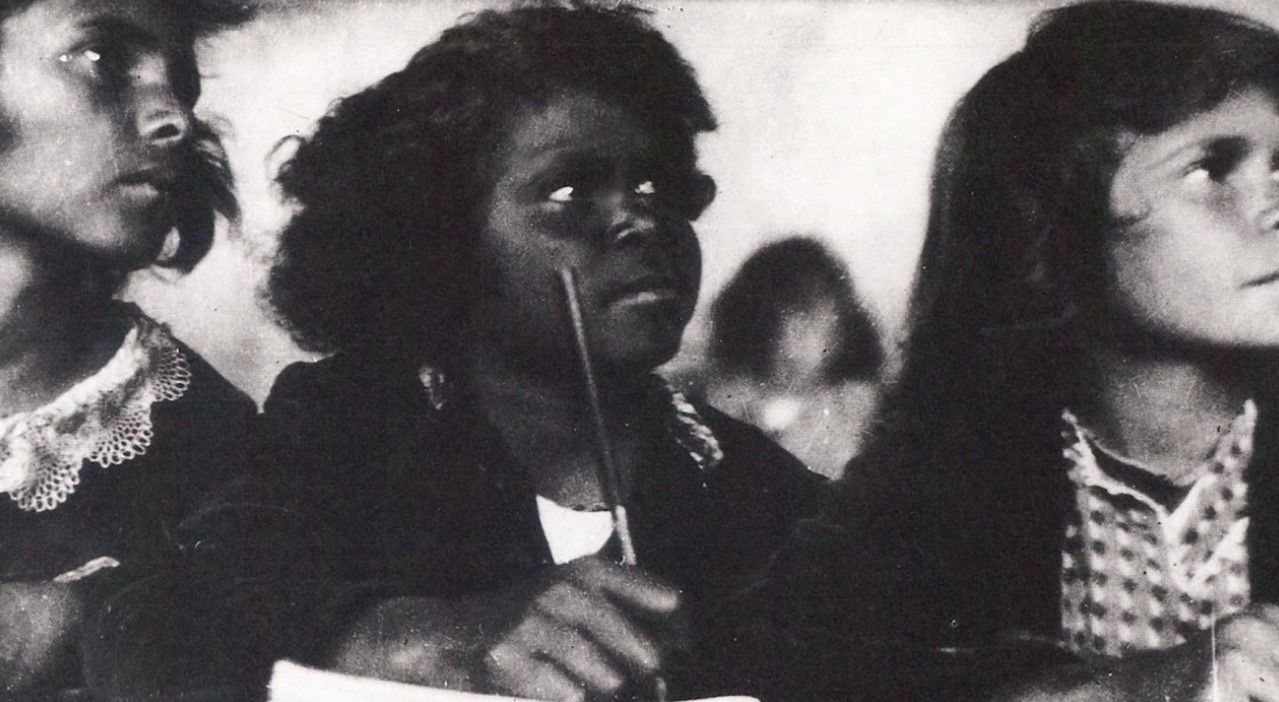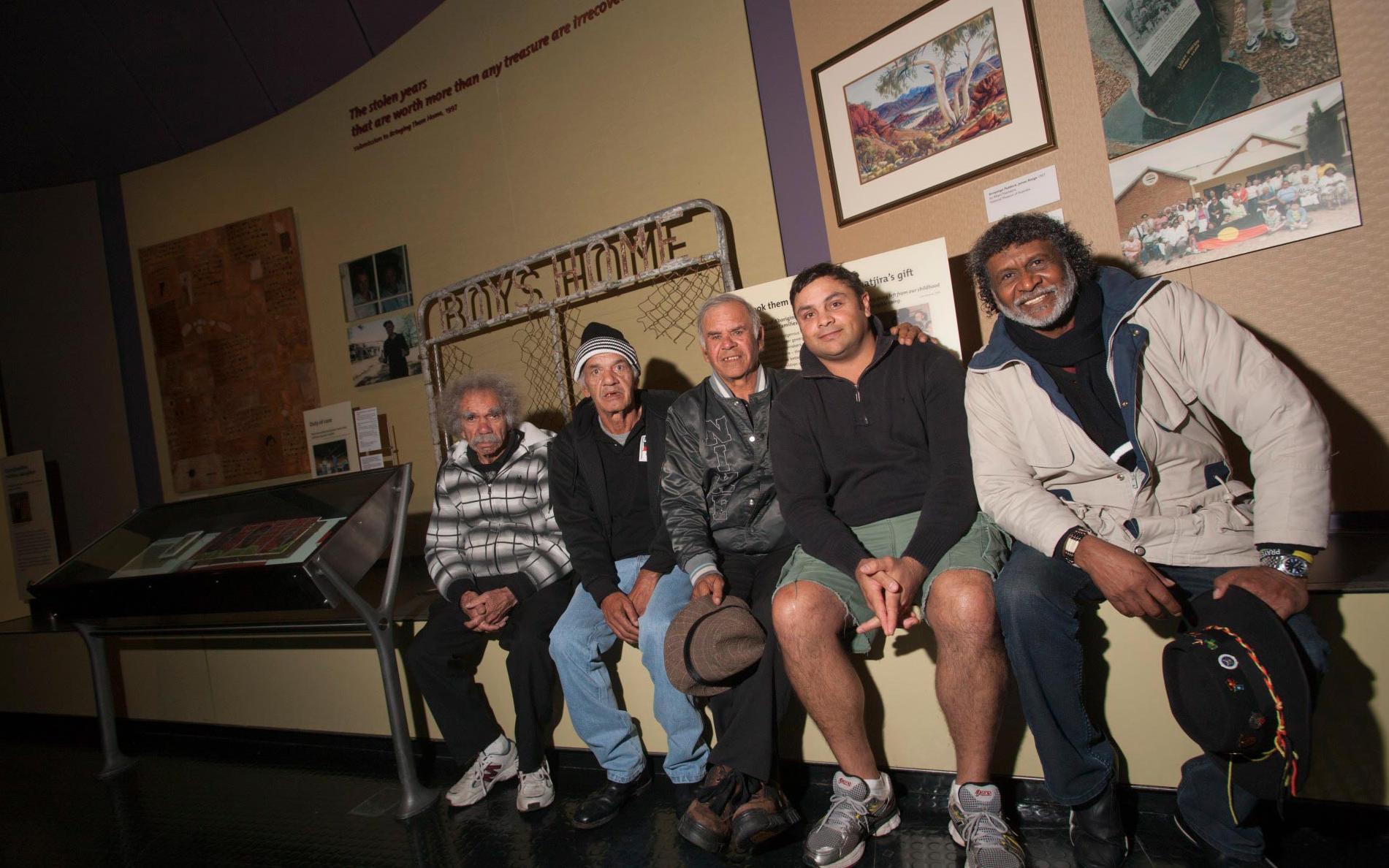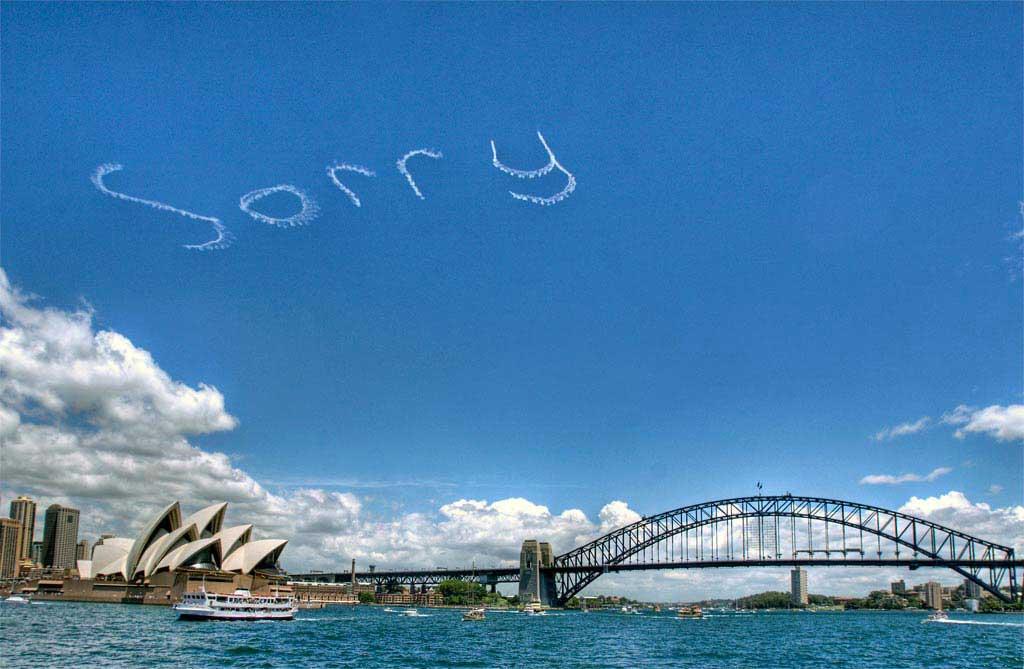‘An ugly chapter in our nation’s history’
2009: Australian Government delivers national apology to ‘Forgotten Australians’ and former child migrants
‘An ugly chapter in our nation’s history’
2009: Australian Government delivers national apology to ‘Forgotten Australians’ and former child migrants
WARNING: This page contains some difficult and potentially distressing content.
In a snapshot
Throughout the early to mid-1900s hundreds of thousands of Australian children were removed from their families and placed in institutions run by charities or the government. Child migrants from Britain and Malta were also placed in these institutions. Life was hard for the children living in them, and many suffered from abuse and neglect. In 2009 Prime Minister Kevin Rudd apologised on behalf of the nation to the ‘Forgotten Australians’ and former child migrants.
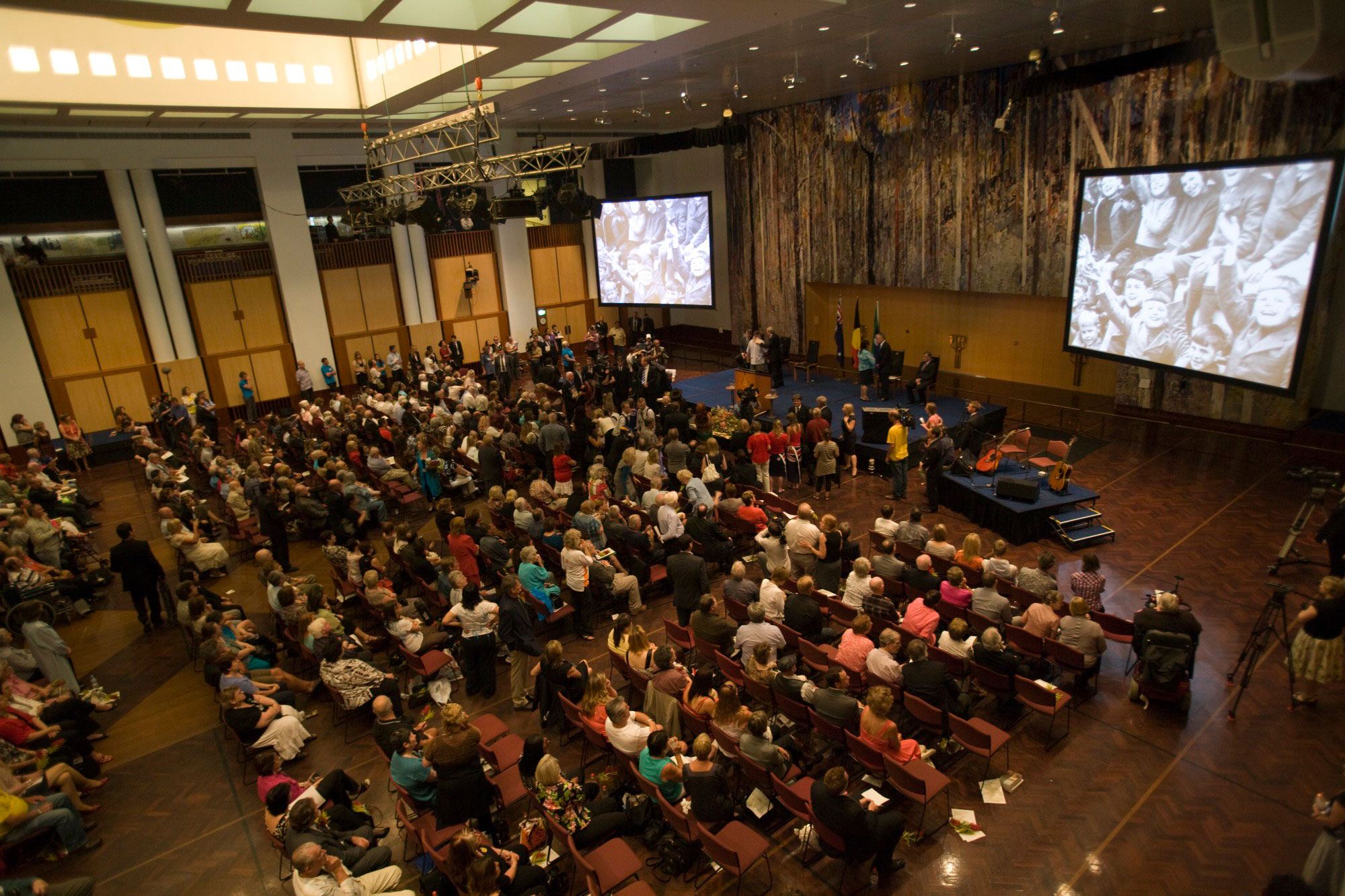
 Can you find out?
Can you find out?
1. Which children were likely to be put into institutional homes?
2. What happened to many children while at charitable or welfare institutions?
3. What did the 2000 and 2003 Senate inquiries recommend?
Why were children removed from their homes?
Between the 1910s and 1960s around 500,000 children born in Australia were removed from their families and placed in charitable or welfare institutions. The reasons given for their removal included poverty, abuse and absent parents. These children have become known as the ‘Forgotten Australians’, but some people prefer the term ‘care leavers’.
These Australian children lived alongside migrant children. Some child migrants had been abandoned by their parents; others were removed from their families. Between 1912 and the 1960s around 7000 migrant children were sent to institutions around Australia. Most were from Britain, but some were from Malta. Almost all came from disadvantaged backgrounds. Child migrants were usually between eight and 13 years old but some were as young as three.
What were conditions like for ‘Forgotten Australians’ and child migrants?
Life in institutions was very difficult for children. Sometimes children’s names were changed or they were given numbers instead of names. Children were not allowed to own things or contact their families. Many children were neglected, abused and made to do dangerous work. If they told an adult about their treatment they were not believed.
Many of the institutions closed in the 1970s as new government programs meant children were placed in smaller group homes or foster care.
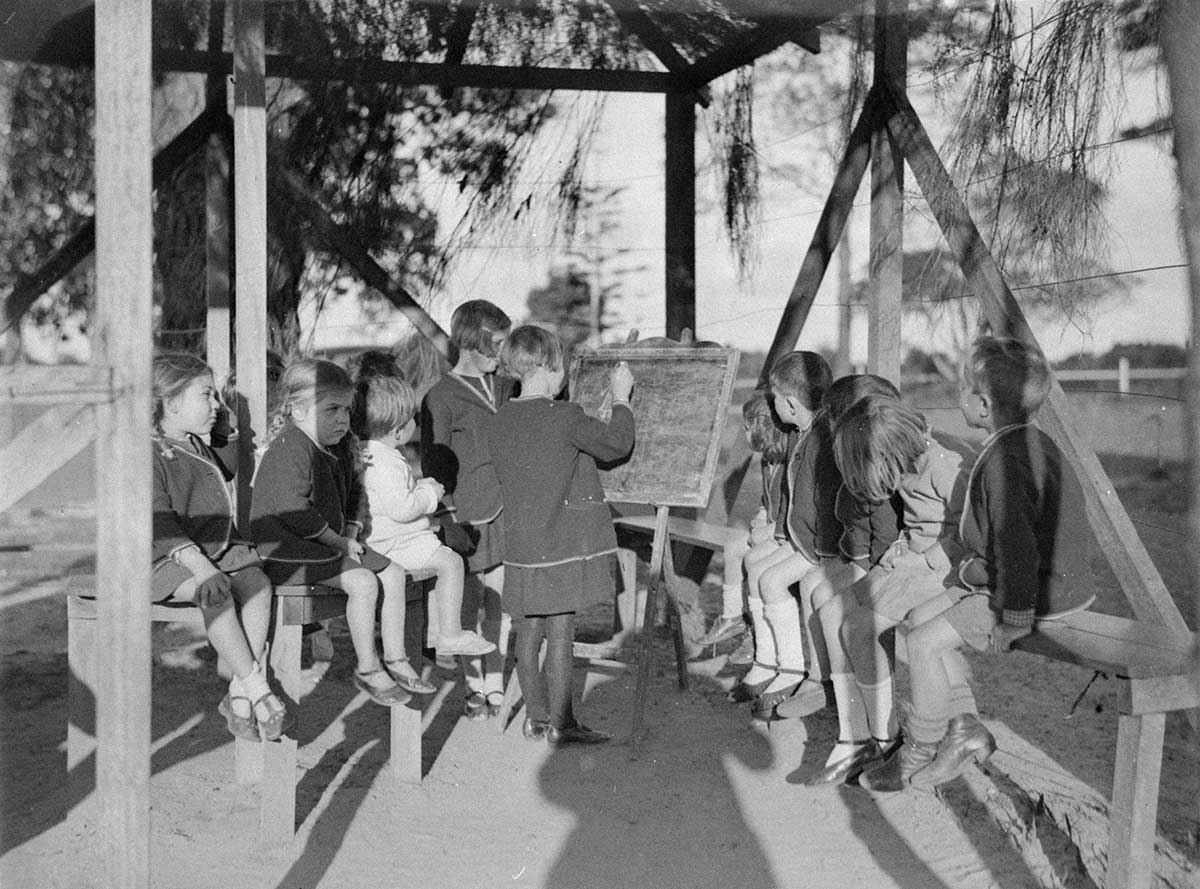
What led to the Senate inquiries into institutional care?
During the 1980s and 1990s many people who had lived in institutions as children began to talk about their experiences.
In 2000 and 2003 two Senate inquiries investigated how ‘Forgotten Australians’ and child migrants had been treated. They listened to evidence from many people who had lived in institutions as children. The Senate inquiry reports showed that these children had experienced abuse and neglect.
The Senate inquiries recommended that the government apologise to the victims of institutional care.
‘We come together today to deal with an ugly chapter in our nation’s history … To say to you, the Forgotten Australians, and those who were sent to our shores as children without your consent, that we are sorry.’
What did Kevin Rudd say in the national apology?
On 16 November 2009 Prime Minister Kevin Rudd apologised on behalf of Australia to ‘Forgotten Australians’ and former migrant children who had suffered in institutions throughout the 1900s. It was hoped that this apology would help people to heal.
In his speech Rudd promised to provide financial help to ‘Forgotten Australians’ and former child migrants. Also, he said that their stories would be recorded and remembered in places like the National Library of Australia and National Museum of Australia.
Read a longer version of this Defining Moment on the National Museum of Australia’s website.
 What did you learn?
What did you learn?
1. Which children were likely to be put into institutional homes?
2. What happened to many children while at charitable or welfare institutions?
3. What did the 2000 and 2003 Senate inquiries recommend?






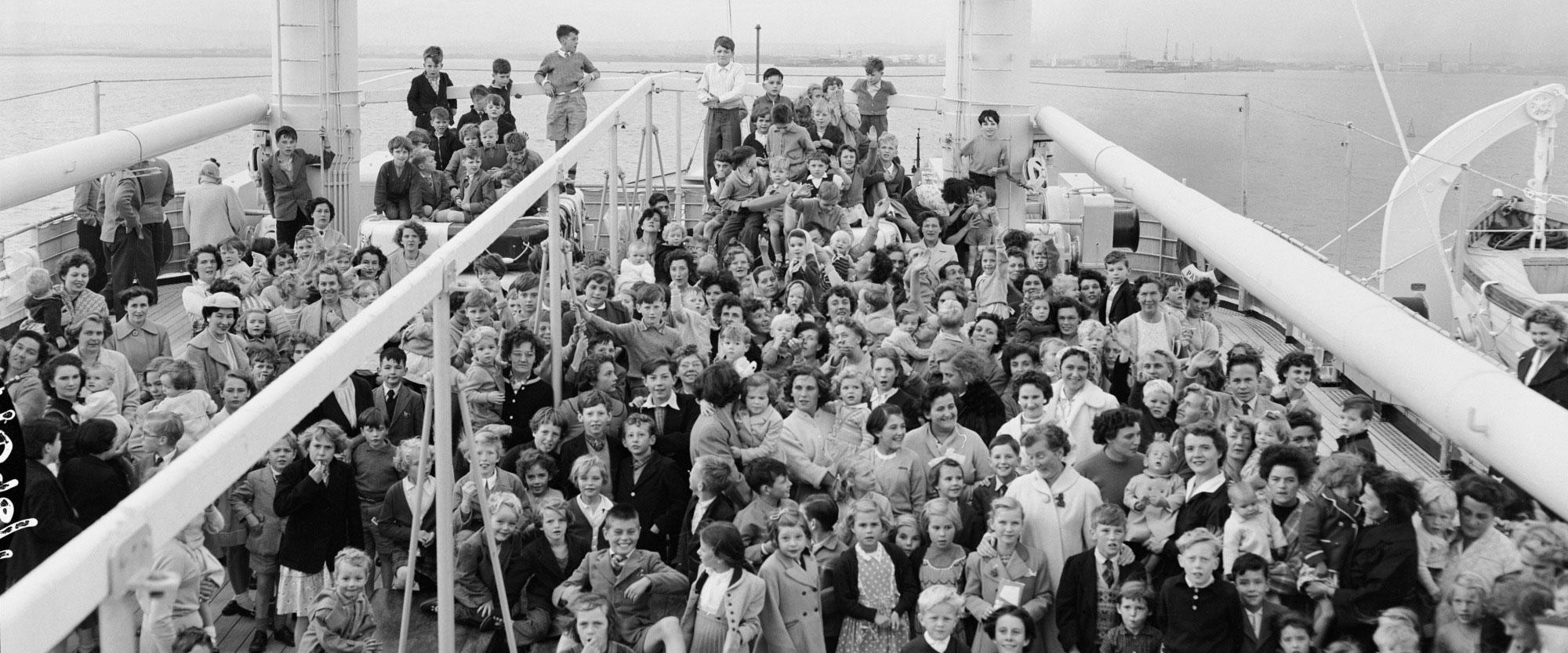

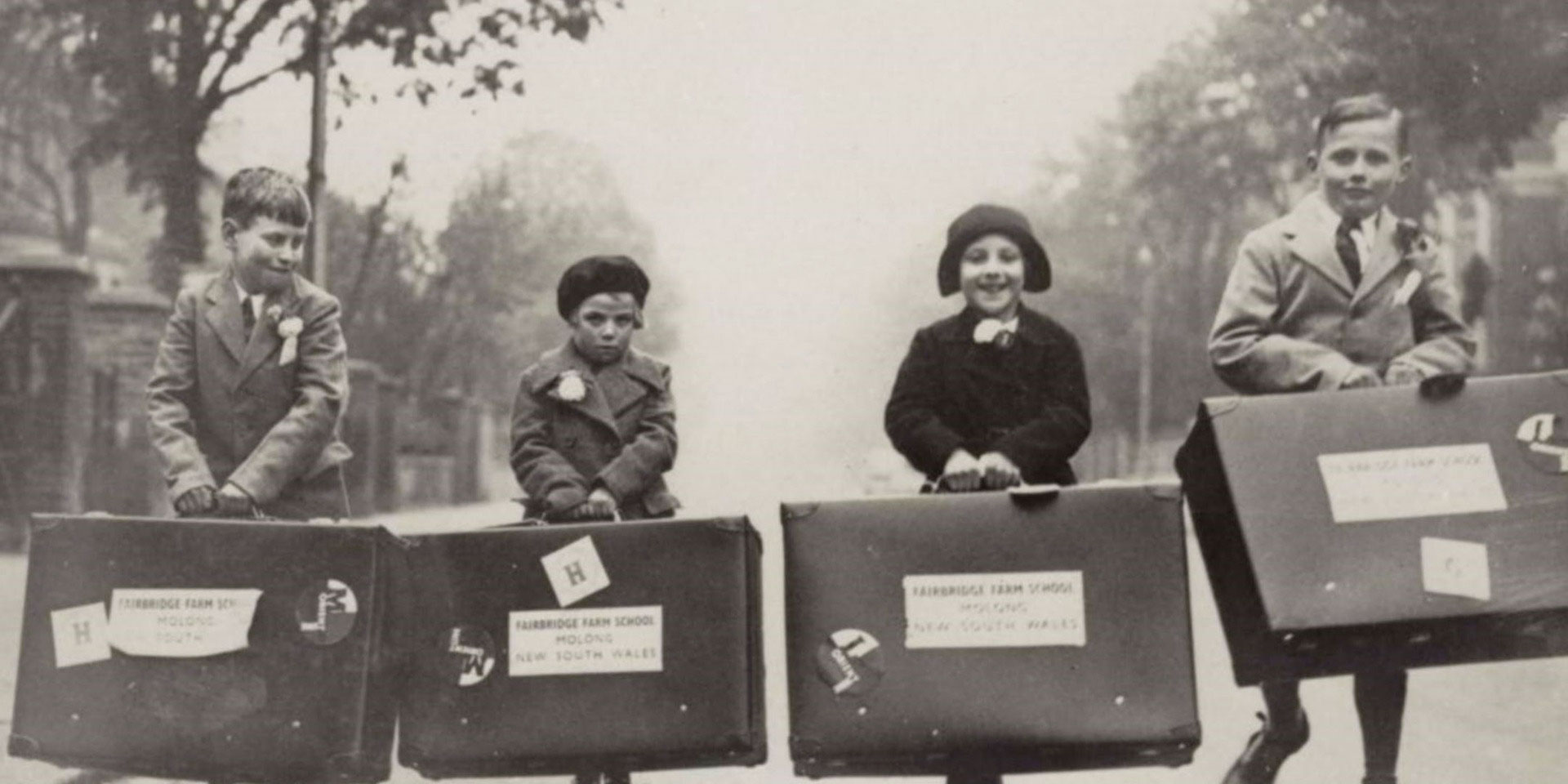

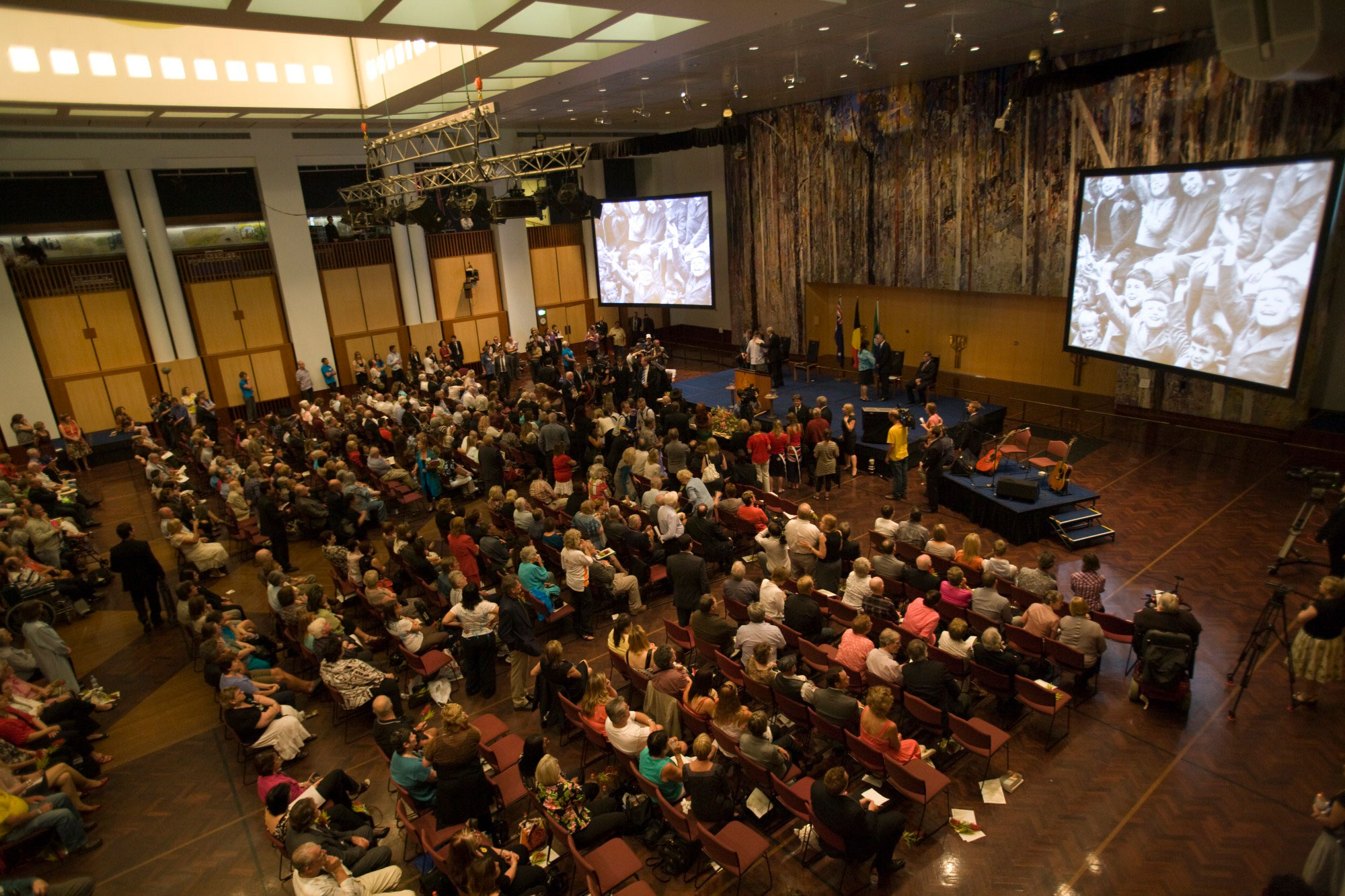
![A girl making a bed in a dormitory. Home of the Good Shepherd girls’ home, Ashfield, 8 October 1963 [picture] / John Mulligan.](/sites/default/files/2020-07/2000s_2009_ApologytoForgottenAustralians_2.jpg?v=1)


